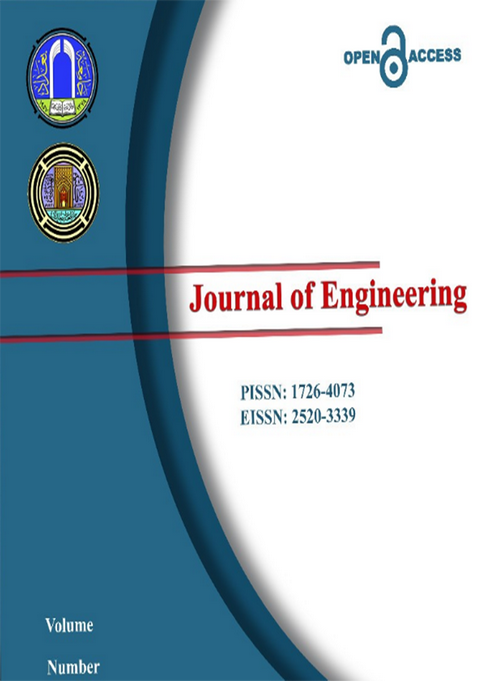Abstract
Recently, the development and application of the hydrological models based on
Geographical Information System (GIS) has increased around the world. One of the most important
applications of GIS is mapping the Curve Number (CN) of a catchment. In this research, three
softwares, such as an ArcView GIS 9.3 with ArcInfo, Arc Hydro Tool and Geospatial Hydrologic
Modeling Extension (Hec-GeoHMS) model for ArcView GIS 9.3, were used to calculate CN of
(19210 ha) Salt Creek watershed (SC) which is located in Osage County, Oklahoma, USA. Multi
layers were combined and examined using the Environmental Systems Research Institute (ESRI)
ArcMap 2009. These layers are soil layer (Soil Survey Geographic SSURGO), 30 m x 30 m
resolution of Digital Elevation Model (DEM), land use layer (LU), “Look–Up tables” and other
layers resulted from running the software.
Curve Number which expresses a catchment’s response to a storm event has been estimated
in this study to each land parcel based on LU layer and soil layer within each parcel. The results
showed that a CN of 100 (dark Blue) means surface water. The high curve numbers (100 -81)
(Blue and light Blue) corresponding to urbanized areas means high runoff and low infiltration;
whereas low curve numbers (77- 58) (Brown and light Brown) corresponding to the forested area
means low runoff and high infiltration. Four classes of land cover have been identified; these are
surface water, medium residential, forest and agriculture.
Geographical Information System (GIS) has increased around the world. One of the most important
applications of GIS is mapping the Curve Number (CN) of a catchment. In this research, three
softwares, such as an ArcView GIS 9.3 with ArcInfo, Arc Hydro Tool and Geospatial Hydrologic
Modeling Extension (Hec-GeoHMS) model for ArcView GIS 9.3, were used to calculate CN of
(19210 ha) Salt Creek watershed (SC) which is located in Osage County, Oklahoma, USA. Multi
layers were combined and examined using the Environmental Systems Research Institute (ESRI)
ArcMap 2009. These layers are soil layer (Soil Survey Geographic SSURGO), 30 m x 30 m
resolution of Digital Elevation Model (DEM), land use layer (LU), “Look–Up tables” and other
layers resulted from running the software.
Curve Number which expresses a catchment’s response to a storm event has been estimated
in this study to each land parcel based on LU layer and soil layer within each parcel. The results
showed that a CN of 100 (dark Blue) means surface water. The high curve numbers (100 -81)
(Blue and light Blue) corresponding to urbanized areas means high runoff and low infiltration;
whereas low curve numbers (77- 58) (Brown and light Brown) corresponding to the forested area
means low runoff and high infiltration. Four classes of land cover have been identified; these are
surface water, medium residential, forest and agriculture.
Keywords
curve number (CN)
GIS
land use
watershed planning.
